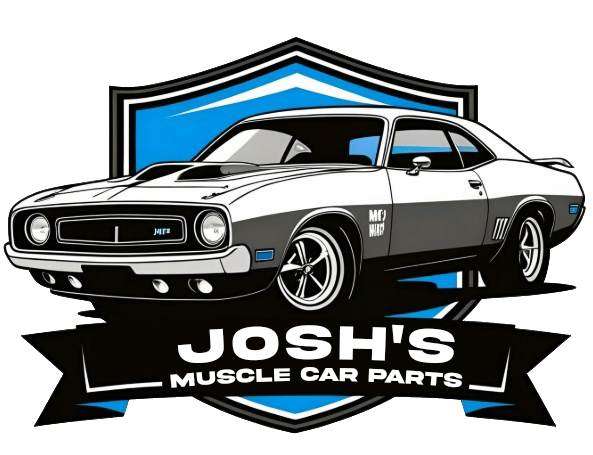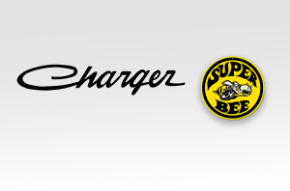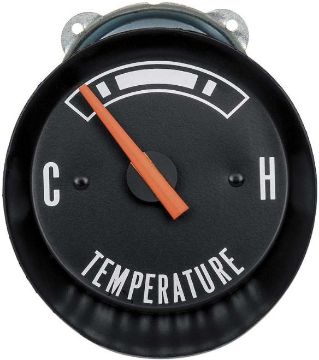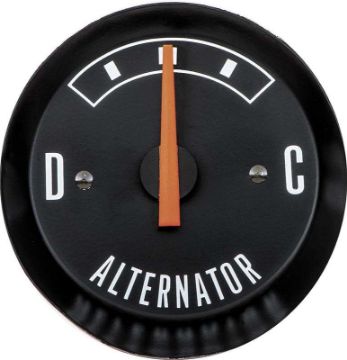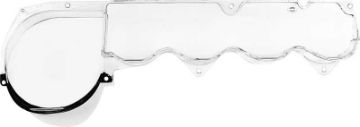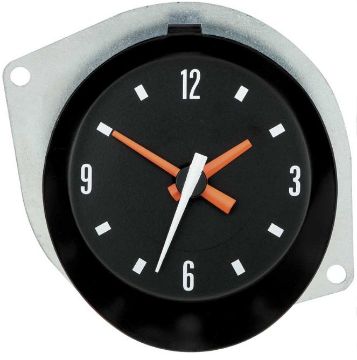1970-1974 E-Body 120 MPH Speedometer Gauge
Reproduction 120 MPH speedometer for 1970-74 Plymouth E-body Barracuda, Cuda and and 1971-1974 Challenger models. Manufactured to exact specifications including correct color, lettering and fonts.
The 1970-1974 E-Body 120 MPH Speedometer Gauge refers to the speedometer instrument installed in the instrument cluster of certain Dodge and Plymouth vehicles built on the Chrysler E platform during that time period. The E-Body cars included models like the Dodge Challenger and Plymouth Barracuda. Here are some details about the 120 MPH speedometer gauge for the 1970-1974 E-Body:
Analog Display: The speedometer gauge was an analog instrument, typically featuring a needle that moved across a marked scale to indicate the vehicle's speed in miles per hour (MPH).
Dash Location: The speedometer was a central component of the instrument cluster on the dashboard, positioned for easy visibility to the driver. The design and layout could vary based on the specific model and trim level.
Range: The speedometer gauge had a scale that typically ranged up to 120 MPH. During this era, 120 MPH was a common top speed displayed on speedometers, even if the vehicle's actual top speed was lower.
Odometer: The speedometer assembly usually included an odometer, displaying the total mileage accumulated by the vehicle. This information was often displayed in miles.
Backlighting: The speedometer, like other instruments in the instrument cluster, would have been backlit to ensure visibility during nighttime driving. The backlighting could be adjustable for brightness.
Accuracy: Analog speedometers from this era were generally accurate but might have slight variations. Regular calibration and maintenance were important for accuracy.
Period-Appropriate Design: The design of the speedometer gauge would have been in line with the styling trends of the early 1970s, featuring a classic or sporty appearance that matched the overall aesthetics of the vehicle's interior.
